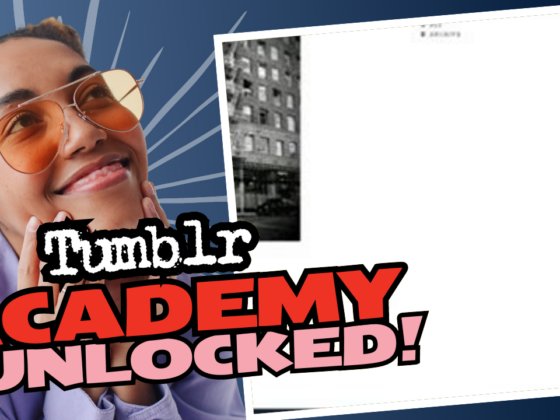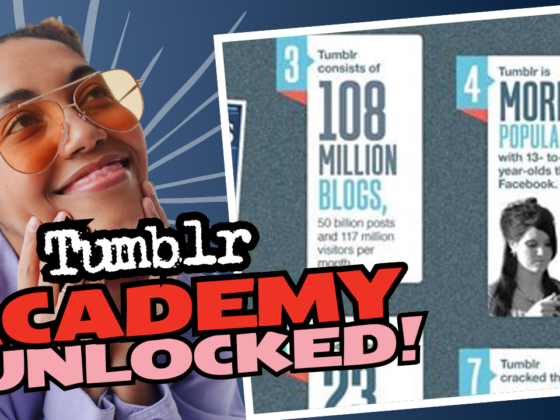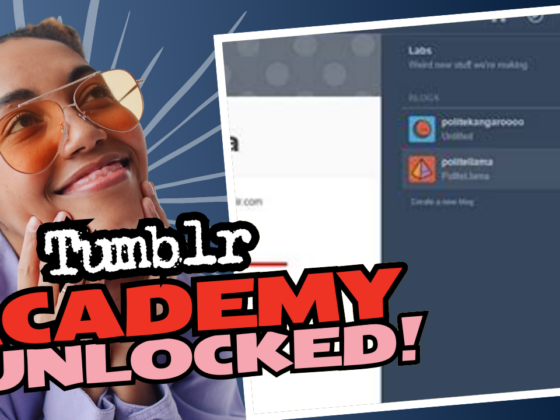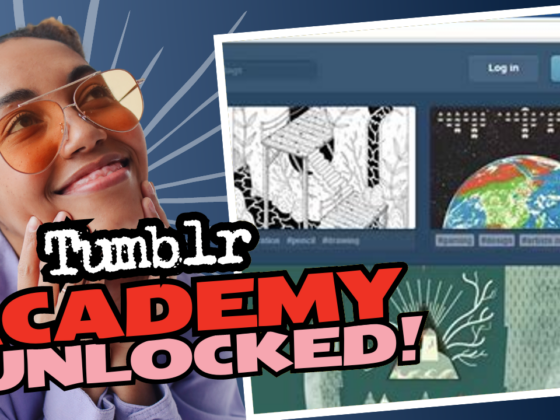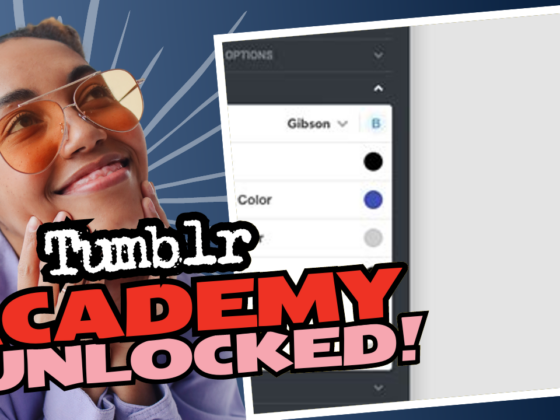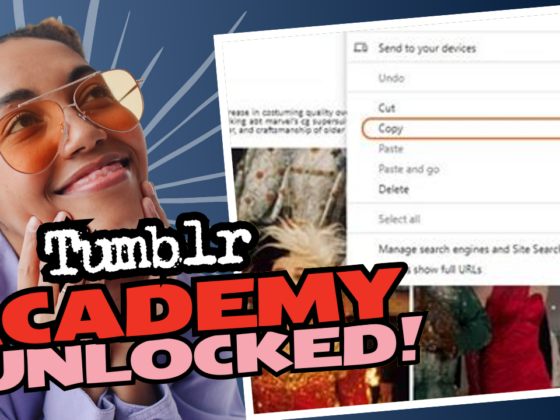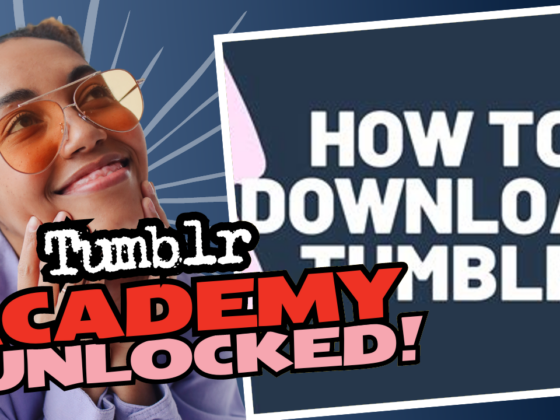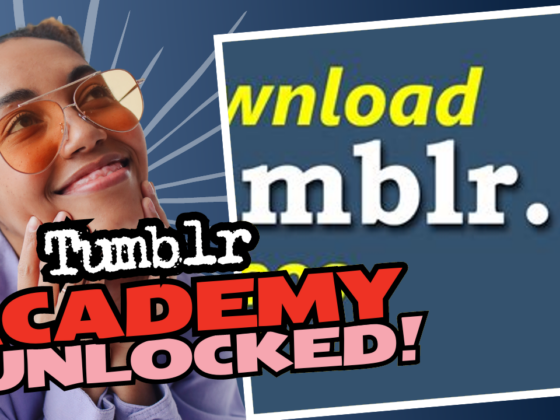Does Tumblr Display CSS Grids? Let’s Break It Down!
If you’re diving into the world of Tumblr themes, you might be wondering about something that’s giving you the worst kind of headache: Does Tumblr display CSS grids? The suspense is killing you, right? Let’s not beat around the bush. Yes, Tumblr does indeed allow the use of CSS grids, but it’s not as straightforward as flipping a switch! Think of it as trying to find the last slice of pizza in a crowded room—possible, but you gotta look a little harder.
Now, let’s chat about Inspect Element. Ever found yourself staring at the code like it’s an ancient scroll waiting to be deciphered? Fear not! With the tools provided by browsers like Firefox and Chrome, you can easily dive into the code without being a coding wizard. Just right-click on the element and select “Inspect” (or “Inspect Element” for the fancy folks). It’ll open up a panel showing you the HTML and CSS. Voila! You’re digging through the treasure chest of code!
But hold on a second; if you want to make changes that stick, you need to ensure a few things:
- Create unique selectors: Sometimes, a selector may show up more than once in the code! Make sure yours is the only header within the vast sea of styles.
- Check that your code works: Try adding a quick test color change like color: red; to see if it actually takes effect.
- Use that !important magic! When you apply properties like backdrop-filter: blur(10px) !important;, it will ensure your style sticks out like a sore thumb (the good kind though).
If you want a premium experience with backdrop-filter, switch from background: var(–colour-bg) to background-color: rgba(var(–colour-bg), 0.5); This is your golden ticket to a compatible backdrop! What a relief, right?
If you’re just starting, check out platforms like Codecademy for a solid foundation on HTML and CSS. You won’t turn into a coding prodigy overnight, but hey, we all have to start somewhere! And for your theme customization journey, don’t forget to visit the guide on creating a custom HTML theme.
Lastly, please, do yourself a favor and skip Dreamweaver like it’s a bad date. Stick with a text editor—Notepad or Sublime Text will do just fine and save you from a world of frustration. Once you grasp the basics, feel free to reverse engineer existing themes to pick up helpful tricks!
Got more questions swirling in your brain about Tumblr and CSS grids? Feel free to reach out for further help, answers, or resources. We’ve got your back in your friendly neighborhood coding adventure!


